In mobile app development, comfort never lasts long. As a framework starts to feel familiar, new tools, devices, and user expectations emerge. This is the rhythm of a field that touches everyday life. The apps we create are companions for millions, so their evolution has to keep pace.
For business leaders in this space, the challenge is deciding what would change customer behavior and what is hype. Innovation is everywhere. Leaders must balance excitement with practicality. The focus should stay on what creates value.
Looking ahead to 2026 mobile app development trends, some patterns are already clear. The big changes fall into two areas: how technology evolves and how external forces set boundaries.
Let’s delve in and know more about the future of mobile app development. Businesses can achieve this by partnering with expert mobile app development services that align with their goals.
Technology Trends In Mobile Development
The most obvious changes sit in the tech stack itself. Hardware, software, and frameworks are not just iterating; they are setting the baseline of how apps are built. These emerging trends in app development will define how businesses create value in the coming years.
AI as a Built-In Layer
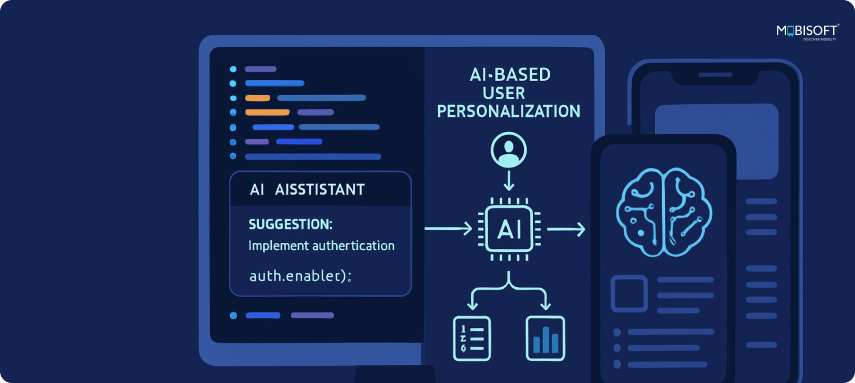
AI in mobile app development no longer feels like a feature bolted on top of an app. With new models running on phones, personalization and automation weave into everyday features. Offline transcription, adaptive recommendations, or contextual support will become standard. Our challenge is to make AI invisible and seamless rather than flashy distractions.
The big shift: AI will feel invisible. Users won’t open an “AI feature.” Instead, their everyday actions will just be smarter and faster.
Implication for businesses: Treat AI as infrastructure, not marketing glitter. Invest in making it seamless through app personalization with AI.
Personalization will also shape future push notification trends in mobile apps, helping businesses drive stronger engagement.
Cross-Platform Gains Serious Traction
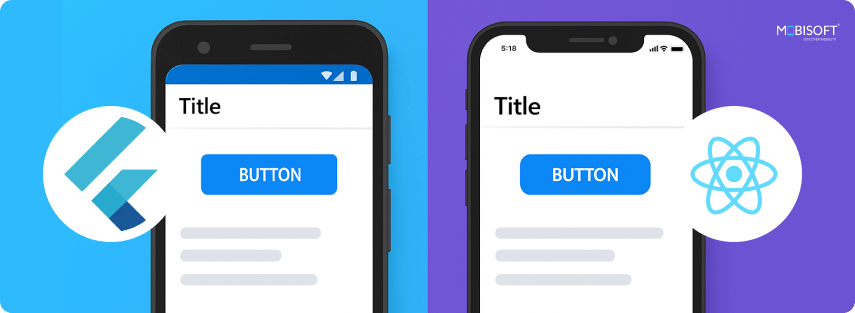
That long-running fight between native and hybrid is losing steam. Tools like Flutter and React Native have grown strong enough that performance fears fade. Even large organizations are moving to one codebase across iOS and Android. Developers now need cross-platform app development fluency as much as native depth.
Implication: Developers will need cross-platform fluency as much as native depth. Teams that still insist on native-only may fall behind in speed-to-market and cost efficiency.
Mixed Reality Finds Real Use Cases
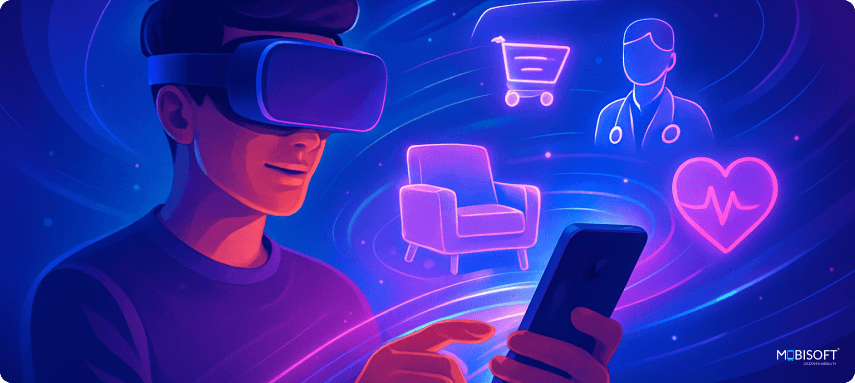
AR/VR in mobile apps once felt like gimmicks. But with graphics support, and wearables working together with phones, mixed reality feels practical. Navigation and remote collaboration with 3D models on your handset are moving to normal usage patterns.
Implication: By 2026, AR/VR will no longer be optional experiments. They’ll be competitive differentiators in retail, gaming, healthcare, and education.
Low-Code Joins the Toolbox
Five years ago, most developers dismissed no-code or low-code builders. By 2026, they slip naturally into projects. Prototypes get assembled quickly with no-code builders, while engineers focus on complex logic. Many teams will mix both worlds without hesitation.
Implication: Engineering leaders should stop seeing no-code as a threat. Instead, integrate it into workflows to save time and focus dev talent on the hardest problems.
Edge Computing Steps Up

More teams now run heavy processes closer to the user. Instead of the cloud, edge computing apps work on the device for faster results and stronger privacy. These changes make developers rethink data flow and speed up heavy features.
This shift will also support smarter IoT-enabled mobile apps, especially in industries where connected devices drive value.
Implication: Teams will need to rethink app architectures, which tasks stay local, which sync to the cloud, and how to balance power vs. privacy.
Composable Architectures Become the Norm
App building has changed. Teams no longer rely on codebases; instead, they use smaller updateable modules. Fixes and new ideas roll out faster, keeping work flexible. User feedback and market shifts are easier to handle with less effort.
Implication: Faster updates lead to competitive agility. The apps that adapt quickest to user feedback will lead.
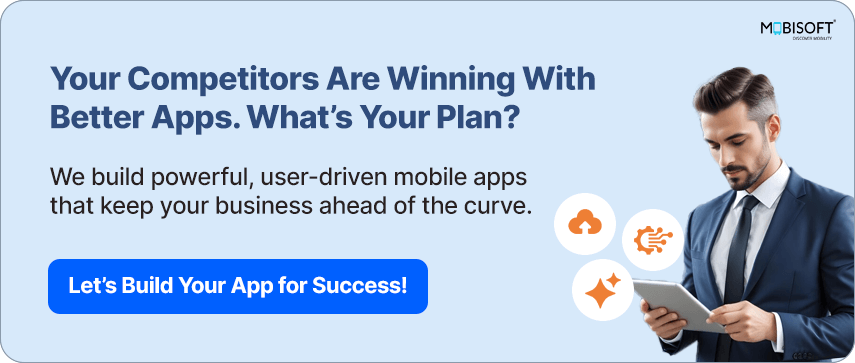
The External Forces In the App Landscape
Tech pushing development is only half the story. Privacy and regulation matter as much in how apps run and how people experience them. These external pressures will heavily shape the future of mobile app development.
Privacy-First by Default
Stricter laws and increasing user awareness are pushing developers to prioritize privacy as a necessity. Thoughtful permission prompts and transparent data policies will make or break trust. Compliance is no longer an add-on at the end.
Implication: In 2026, mobile app trends, privacy lapses mean brand death.
App Store Fragmentation Begins
Apple and Google remain dominant, but cracks in their walls are spreading. Alternative app stores and region-specific marketplaces create more distribution options and tricky decisions. Developers get new freedom while also facing new quality and security hurdles.
Implication: Developers must handle multi-store compliance, security, and testing. But this also means new market access and better negotiation power against Big Tech.
Sustainability Counts in Metrics
Energy efficiency, server usage, and app size are no longer just technical checkboxes. Sustainability becomes a reputational factor. Teams that build apps with smaller footprints will please regulators. Users will also appreciate apps that don’t drain their batteries.
Implication: Efficient code and cloud-native mobile apps are becoming key business differentiators.
Accessibility Expectations Rise
People expect apps to be practical for everyone, that the standard. Design means thinking about who uses voice commands, relies on screen readers, or navigation. If a team misses these details, users notice. Regulators might step in. Trust takes a hit. Thus, it makes sense to treat accessibility as a core feature.
Implication: Inclusive design ensures compliance, strengthens brand trust, and brings in more users.
Globalization and Localization Pressures
Apps travel across borders; however, users care more about local details. Translating a language helps, but it is not enough. Teams have to consider habits, culture, and the way in which people use their phones in everyday life. Feature rollouts get tricky when normal in one country feels wrong in another. Good localization means listening and respecting each region.
Implication: Think global, act hyper-local. Success depends on cultural empathy.
Navigating Between Innovation and Obligation
The tricky part of the next few years is not following technology regulations in isolation. It is an overlap of pushing new territory that collides with boundaries that are set by user habits.
A team creating an AI engine must watch device battery use and user data impact. Mixed reality can be fun. However, without sustainability and app store rules, it’s hard to install.
The real skill in 2026: Balancing ambition with constraints. Developers must invite non-technical voices early (legal, design, ethics, even sustainability experts) and treat limits not as blockers but as design parameters. This mindset is particularly critical in mobile app development for startups, where agility and speed can define success.
Choosing Focus and Prioritizing What Matters
Many new app development future technologies appear every year, and attempting to keep up with them is like running on a treadmill. The actual issue in 2026 will be determining where to concentrate your efforts while aligning with the latest mobile app UI/UX design trends and user needs
Focus on the task and pivot if it’s not working. Spreading out leaves half-finished features instead of real value.
The winners will treat technology as a tool, not the goal. The choices you make need to help users get more from your app and support your business.Teams that plan well and remain flexible move ahead of the rest.
Takeaway: The winners will treat technology as a tool.
Where This Leaves Us in 2026
The future is not defined by a single disruption but by convergence. AI in mobile app development is now common, and cross-platform app development is as good as native. AR/VR in mobile apps is entering everyday use, and privacy rules are strengthening digital trust.
For developers, mobile app development trends 2026 are about filtering ruthlessly. The judgment call is always: Does this shift make our product better for our users and sustainable for our business?
We can already see unique mobile app development trends by industry, from fitness and healthcare to retail and beyond.
So, the outlook? The work will be broader, faster, and more demanding. But for those who thrive on learning, this remains one of the most exciting playgrounds in tech.
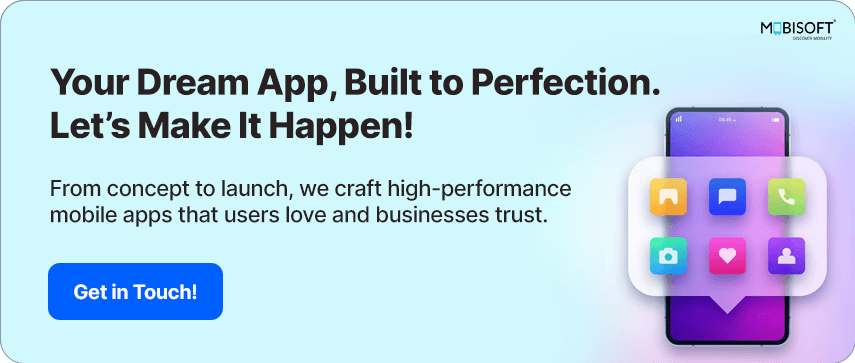




 August 26, 2025
August 26, 2025


